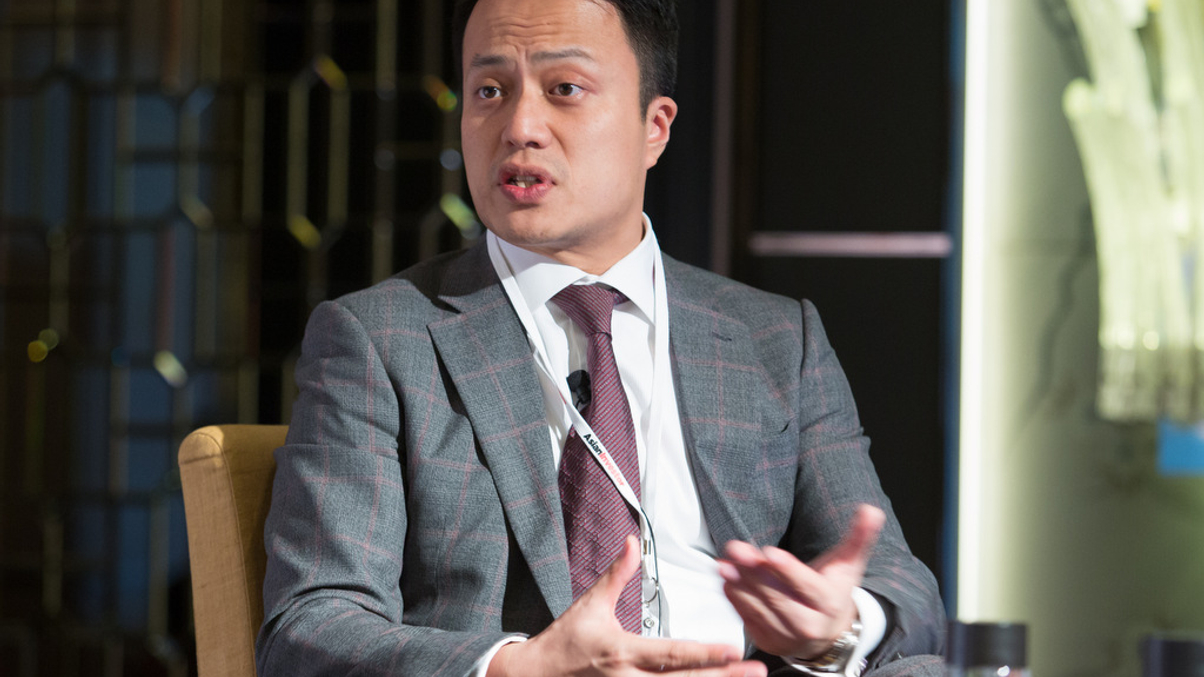China growth elusive for foreign managers: forum
Despite the proliferation of foreign fund houses and rising domestic demand for diversification, competition and fuzzy regulation are seen to be holding back industry growth in China.

Though foreign asset managers have been entering China through several channels, institutional business development has been slow there, argues Elvin Yu, head of institutional business at Allianz Global Investors.
Sign In to Your Account
Access Exclusive AsianInvestor Content!
Please sign in to your subscription to unlock full access to our premium AI resources.
Free Registration & 7-Day Trial
Register now to enjoy a 7-day free trial—no registration fees required. Click the link to get started.
Note: This free trial is a one-time offer.
¬ Haymarket Media Limited. All rights reserved.


